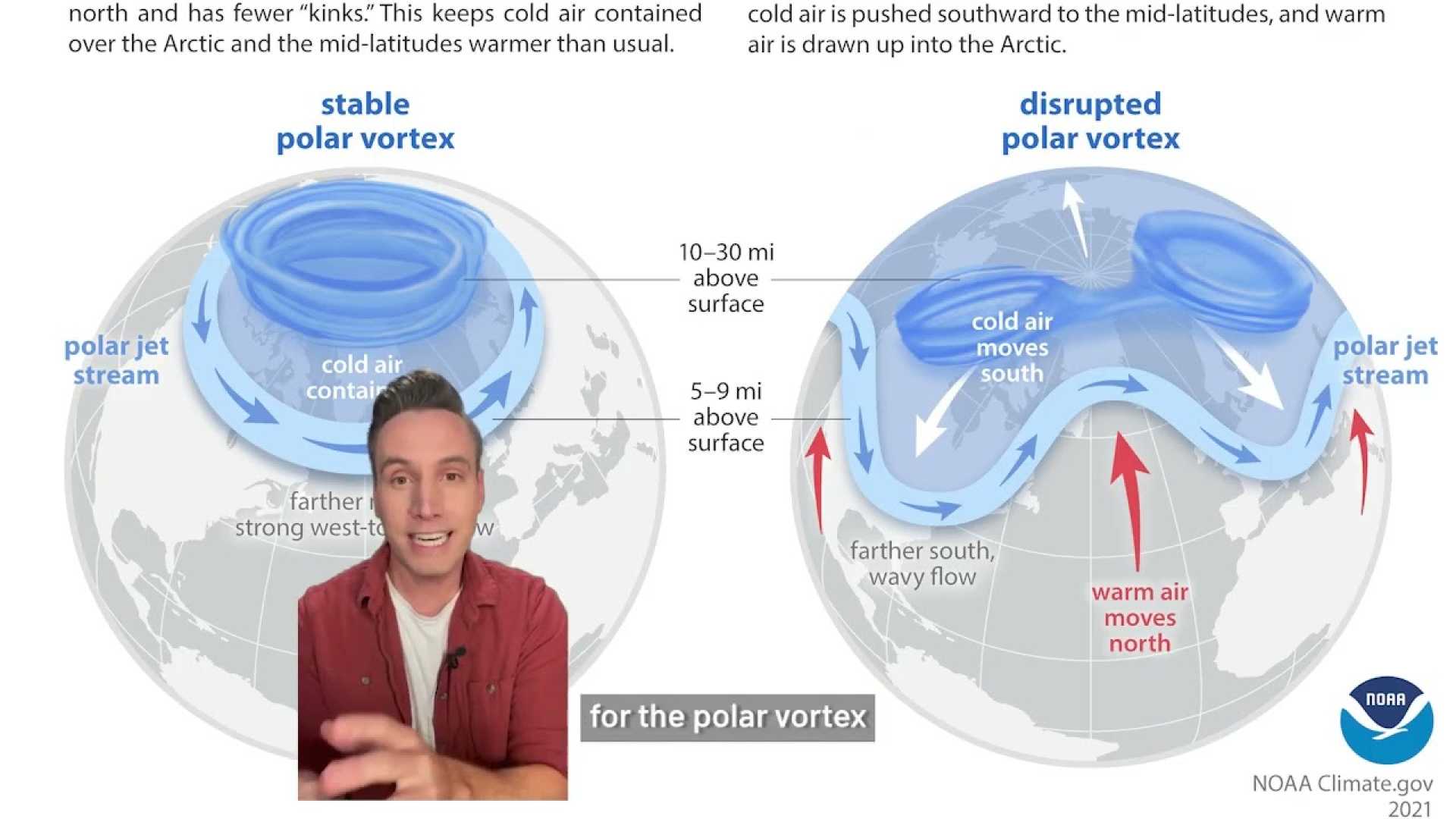News
Polar Vortex Disruption Could Change Thanksgiving Weather Patterns

Washington, D.C. — As the end of November approaches, meteorologists are closely observing a possible disruption in the polar vortex, a significant atmospheric phenomenon above the North Pole. This situation raises questions about the potential impact on winter weather, particularly as Americans prepare for Thanksgiving celebrations.
The polar vortex usually confines cold air near the Arctic. However, forecasters warn that this November, waves of air may weaken the vortex, which could send frigid temperatures southward. According to predictions from the National Oceanic and Atmospheric Administration (NOAA), the first signs of this disruption could manifest in the northwestern and central U.S. as soon as next Tuesday.
Long Island and much of the East Coast are currently less predictable, with forecaster Bill Goodman indicating that a significant temperature drop is uncertain. “How it impacts our weather remains yet to be seen,” he stated, noting that there is only a 40% to 50% chance of below-normal temperatures in these regions as Thanksgiving approaches.
Goodman emphasized the unpredictability of atmospheric changes, asserting, “There’s a lot of ways this could evolve. I think it’s premature to get too excited about what it means for our winter weather.” He estimated that if colder weather does hold, it might not arrive until mid-December.
The forecast for Thanksgiving week shows typical November weather for Long Island, with expected high temperatures in the lower 50s and a chance for rain the day before the holiday, where temperatures could rise into the 60s. “Other than that, pretty standard, pretty average weather for November leading up to Thanksgiving Day,” Goodman said.
While the polar vortex disruption is rare, its effects can vary across the country. Meteorologists acknowledge that the Midwest and Northwest may face sharp temperature drops and heavy snowfall, in contrast to the East Coast, which generally experiences milder changes unless the disruption continues into December.
When the vortex weakens, it allows cold arctic air to penetrate southern into the U.S., creating the possibility of below-normal temperatures and snow. However, forecasting these disruptions is complex, influenced by various atmospheric conditions. Thus, experts advise caution, suggesting that significant weather shifts are more likely as December unfolds.
Looking ahead, meteorologists predict that the real test will come in December. If the polar vortex remains weakened, the eastern U.S. might see colder, snowier conditions as the season progresses. “We probably want to wait about two to four weeks,” Goodman concluded, as weather patterns leading up to Thanksgiving appear relatively balanced.
In conclusion, the disruption of the polar vortex is an intriguing meteorological event with an uncertain impact on Thanksgiving weather in the U.S. Residents are encouraged to enjoy the usual November climate while remaining attentive to forecasts as winter approaches.












